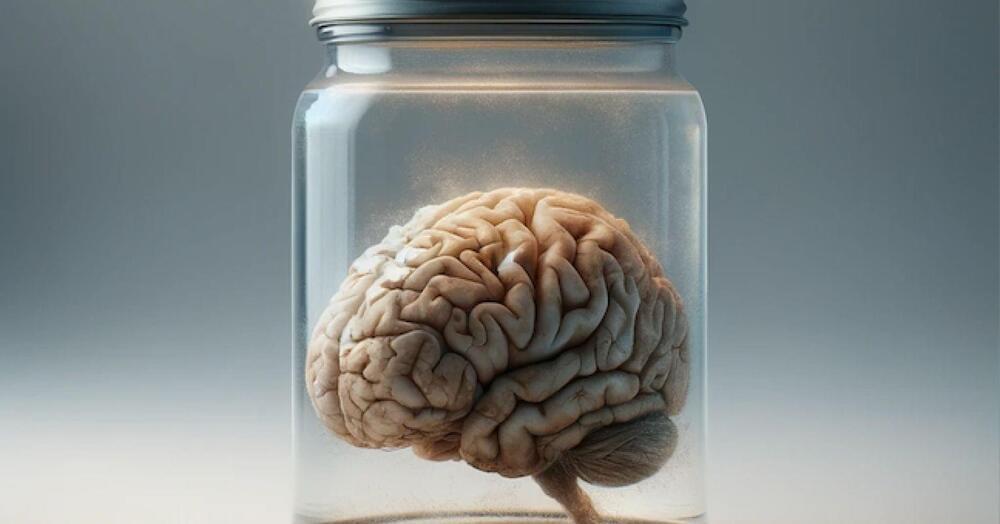May 5, 2024
Scientists Discover a Missing Link Between Diet And Cancer Risk
Posted by Paul Battista in category: biotech/medical
A previously unknown mechanism for inactivating genes that suppress tumor formation helps explain why cancer risk is associated with an unhealthy diet or unmanaged metabolic conditions like diabetes.
Researchers from Singapore and the UK used mouse models, human tissue, and human breast organoids grown in the lab to find that changes in glucose metabolism could help cancer grow by temporarily disabling a gene that protects us from tumors called BRCA2.
“These findings raise awareness of the impact of diet and weight control in the management of cancer risks,” says the first author of the new study, cancer pharmacologist Li Ren Kong from the Cancer Science Institute of Singapore (CSI Singapore).


















